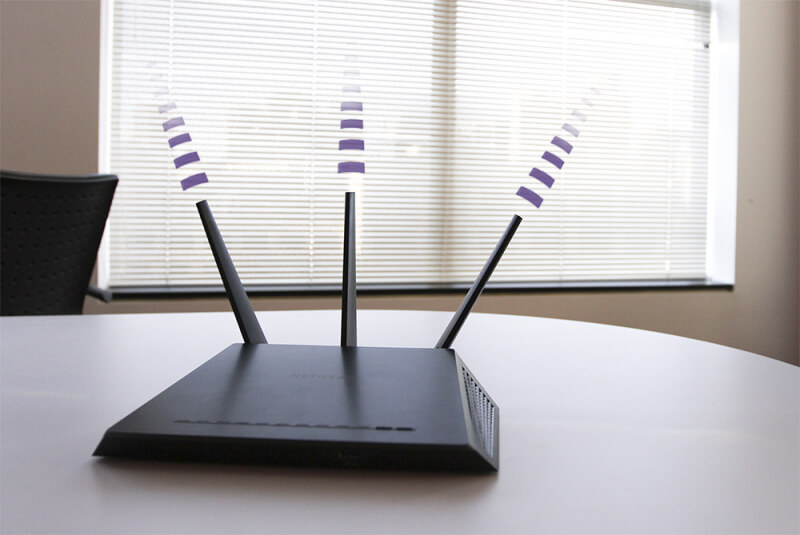Now let's learn something

Finalized in 2013, the 802.11ac standard significantly improved upon 802.11n, increasing its theoretical maximum throughput from 600 Mbps to 1.33 Gbps. It also expanded support from 4 antennas to 8, allowing for greater data transmission capacity. However, despite these advancements, 802.11ac offers roughly the same range as its predecessor and, on paper, potentially even less in certain scenarios.
The 802.11ac standard was retroactively designated as Wi-Fi 5 by the Wi-Fi Alliance.
One major difference between 802.11n (Wi-Fi 4) and 802.11ac (Wi-Fi 5) is their frequency usage. While 802.11n operates on both the 2.4GHz and 5GHz bands, 802.11ac exclusively uses the 5GHz spectrum. The 5GHz frequency allows for faster data transfer but does not travel as far as 2.4GHz due to its shorter wavelength.
Despite this, the effective range of both standards is comparable in real-world conditions because the 5GHz band experiences less interference from household electronics. Additionally, 802.11ac's beamforming technology improves signal directionality by focusing the signal toward connected devices rather than broadcasting it in all directions. Although you'll experience about the same maximum range from both specs, 802.11ac will deliver higher speeds in those distance spots.
As of 2025, 802.11ac (Wi-Fi 5) remains widely used, but Wi-Fi 6 (802.11ax) and Wi-Fi 6E have become the new standard for modern networking. More routers and devices now support Wi-Fi 6, offering higher efficiency, better performance in crowded environments, and improved power management. Additionally, Wi-Fi 6E extends these benefits by utilizing the 6GHz band, reducing congestion and delivering even faster speeds with lower latency.
Looking ahead, Wi-Fi 7 (802.11be) is on the horizon, promising even greater speeds, reduced interference, and advanced multi-link capabilities.